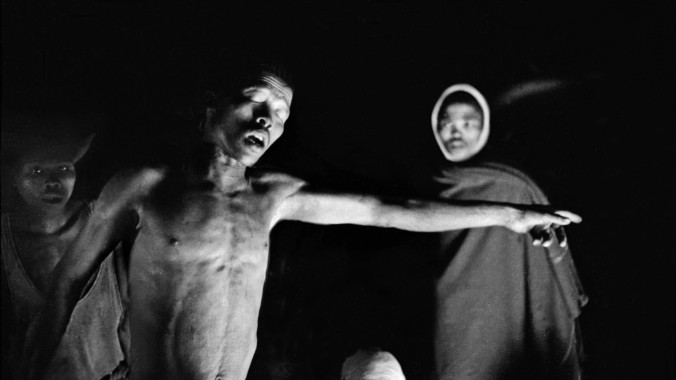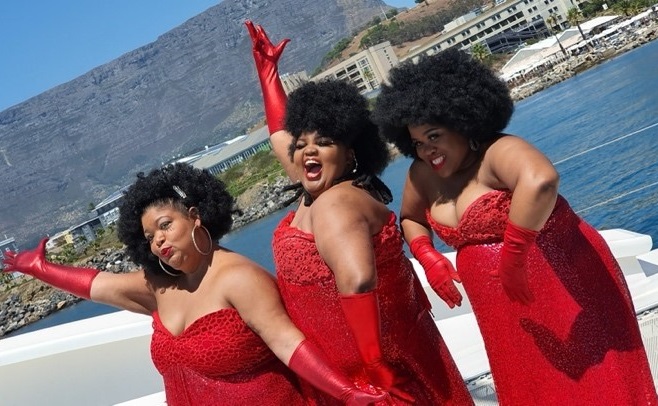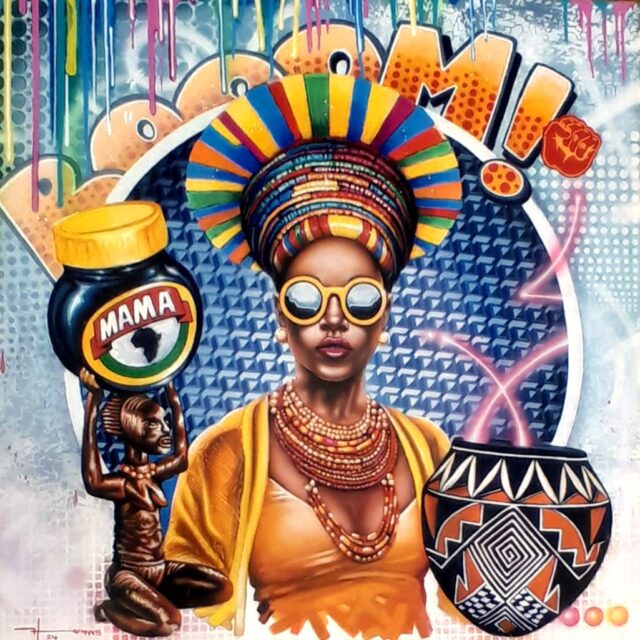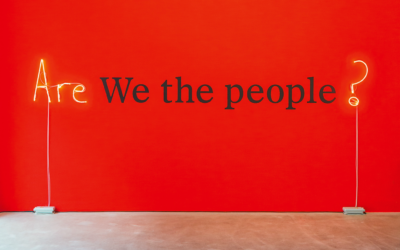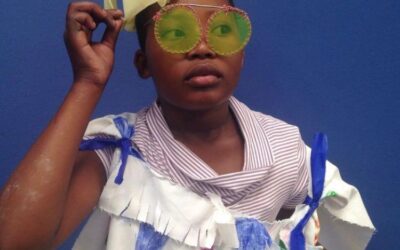An accomplished photographer in several parts of the world for six decades, Jürgen Schadeberg is still defined by his work in South Africa during the 1950s, writes Sean O’ Toole.
One night in 1955, five years after he had arrived in South Africa from Berlin, Jürgen Schadeberg walked into a Sophiatown dancehall with his Rolleiflex camera. He was 24 and had a head full of jazz (“I played Louis Armstrong in the air raid shelter when the Russians fired heavy artillery into Berlin,” he once told me).
Now 83, Schadeberg – who in April was garlanded with the 2014 Cornell Capa Lifetime Achievement Award, an important honour presented annually to a photographer of global repute by the International Centre for Photography in New York – remembers the scene vividly.
“There weren’t really clubs in Sophiatown as such,” he explains from his Spanish home in the coastal city of Valencia. “There was this place, which was originally an old corner shop. The windows were covered with cardboard. They made a little stage with old pieces of wood. This is where people went and danced.”
Amid the melee of bodies moving around the room that night, he spotted one particular couple dancing. The woman wore a beret and two-piece suit, her partner a flat cap and beige boiler suit. Schadeberg moved closer, but not so close that he would lose the exuberant context: the locked embrace of a nearby couple, a lone female dancer receding into the shadows. Click.
Dance is a recurring theme in his work. It not only defined his Drum magazine years, but also appears throughout the bullishly inquisitive social documentary he has continued producing during his nomadic years after leaving South Africa: first in 1964, then again in 2007 after 22 years in Johannesburg.
In his native Germany, a country he ditched at 19 for South Africa, never to return as a resident, he has repeatedly found evidence of joy lurking beneath the stern Teutonic character. In the early 1980s, for example, he photographed a group of New Wave kids in jeans, leathers and mohawks lurching ecstatically in an East Berlin park during an open-air concert.
Dance, as Schadeberg’s many photos show, is rebellion. But it can also be a way to signal belonging. A decade before his curious observation of the mohawks, he hung out with a group of recent immigrants to Germany, some of them Korean women in coy skirts, receiving lessons in ballroom dancing. More recently, now working in radiant colour, he has photographed the multigenerational dancers who gather at Clärchen’s Ballhaus, a grand 1920s dance hall in Berlin’s trendy Mitte neighbourhood.
But, on balance, it is Schadeberg’s pictures from 1950s Johannesburg that are his finest achievement.
One of the more enjoyable things about interviewing Schadeberg over the years has been to hear him rail against new trends in photography. “Tom Wolfe once said contemporary photography is imagination without skill,” he tells me, repeating a mistake he made in 2005 when he told me the same thing. It was playwright Tom Stoppard, in his 1972 radio play Artist Descending a Staircase, who wrote: “Imagination without skill gives us contemporary art.”
It doesn’t really matter who said it. A lot of contemporary photography, thinks Schadeberg, needs to justify itself verbally. “I don’t need to justify my pictures,” he says without any shift in tone. “Take it or leave it. You either like them or you don’t.”
It’s a no-fuss approach that has served him well as an enduring professional.
Read Sean O’Toole’s incisive, in-depth overview of Jürgen Schadeberg in the Mail & Guardian

